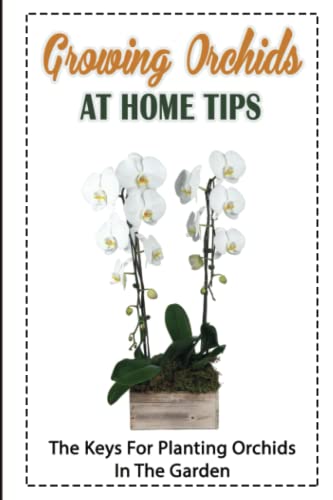I did a lot of virus decontamination for Phalaenopsis pot plant, so for the explanation:
- In the early days people wrongly believed that 'meristem' was the solution to decontaminate a plant from its virus. After some cultures, the plants would come up 'clean'
- Those were the days of the immunology tests on agar, then the early versions of ELISA, and even the most recent ones.
What happened is that the viral load was much lower, but not nonexistent, and below the detection level. In some massive problems, Lilium 'decontaminated and tested' started to show virus symptoms, and be positive, 1 to 2 years after field plantation.
When PCR came in the game, it was found that simple 'meristem culture' ( that technically does not exist, nearly all the technic includes at least the primordia around the meristem) was not a solution at all.
It was found that antivirals, thermotherapy etc... are required to get rid of the viruses, and it does not always work. At a point the antiviral agents used induce mutations too, so not only the plants have to be PCR tested to be virus free, but they have all to be bloomed. Then out of that, a plant that is virus free and identical to the motherplant is tissue cultured again. It is very labor intensive, and takes indeed some years to decontaminate a plant. For top quality pot plant Phalaenopsis varieties, it is worth financially, for others, it is only if there is someone to pay for virus free plants of a specific variety. That's why most growers do not care about viruses, and just sell.
The same as the urban legend that seed culture will produce virus free plants. Green capsule, never, and that's what most labs require. It is less labor intensive to sow green capsules. Dry seeds, it depends, but out of 1000-2000 seedlings, there will be a few dozens that are ORSV positive if the plant is infected. CyMV has a lower rate of positive in dry seeds, but still some here and there. That's why I never keep any virus infected plant.
I do test everything that enters, even the tiny species. There is a trick with the Agdia Immunostrips as well that is less well known. it is possible absolutely to mix samples, and test batches of 5 or more plants per test. We did a large scale testing here to see the reliability, and it is extremely reliable. At least, if the 5 are negative, 1 test is used to see it. If they are positive, back to individual testing or 3+2 then test the second round that is positive. I usually test every 6 months to a year new plants for a while as well. Virus can have a very weird pattern during the initial infection, such as a half of the Phalaenopsis that is infected, the other side is not yet positive, etc... But after 6 months, if the plant has been infected just before purchase, it will show it.


























